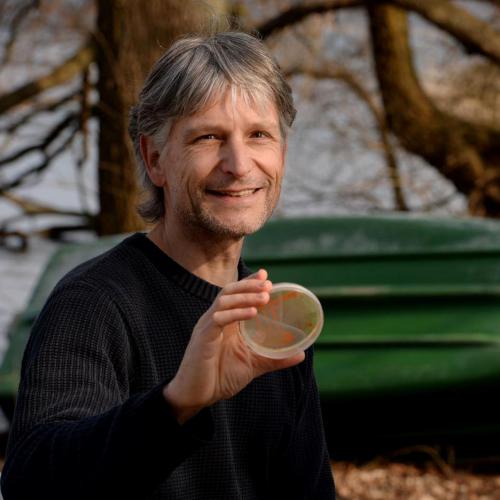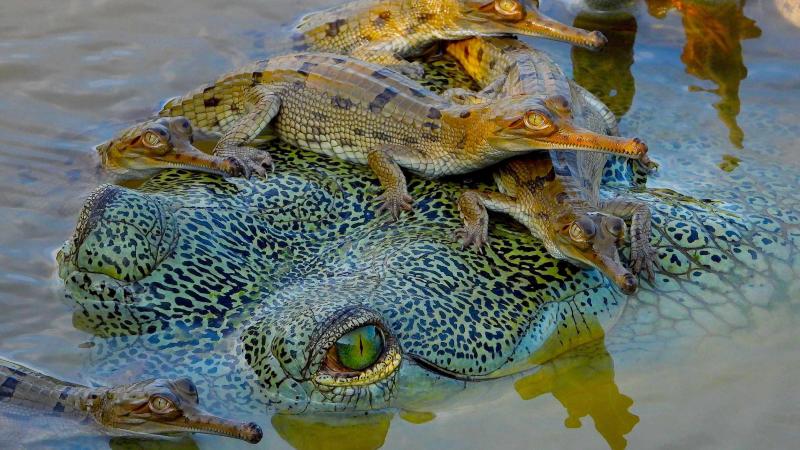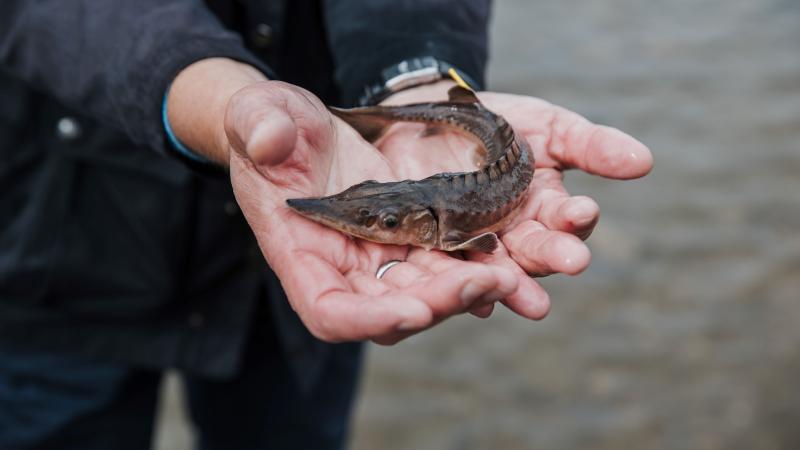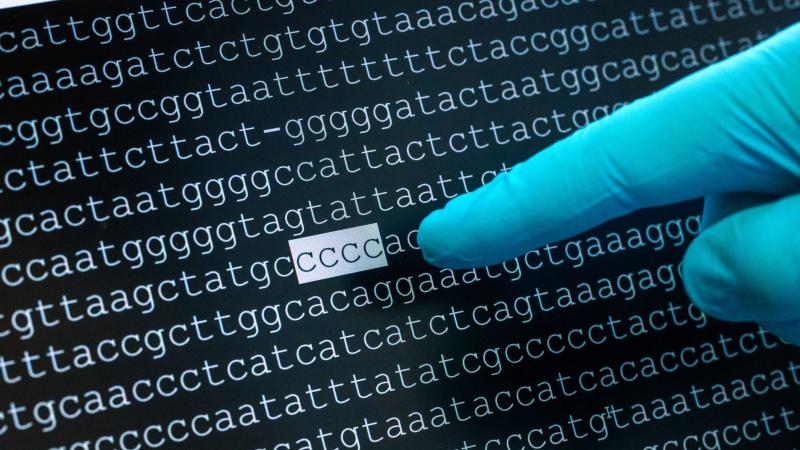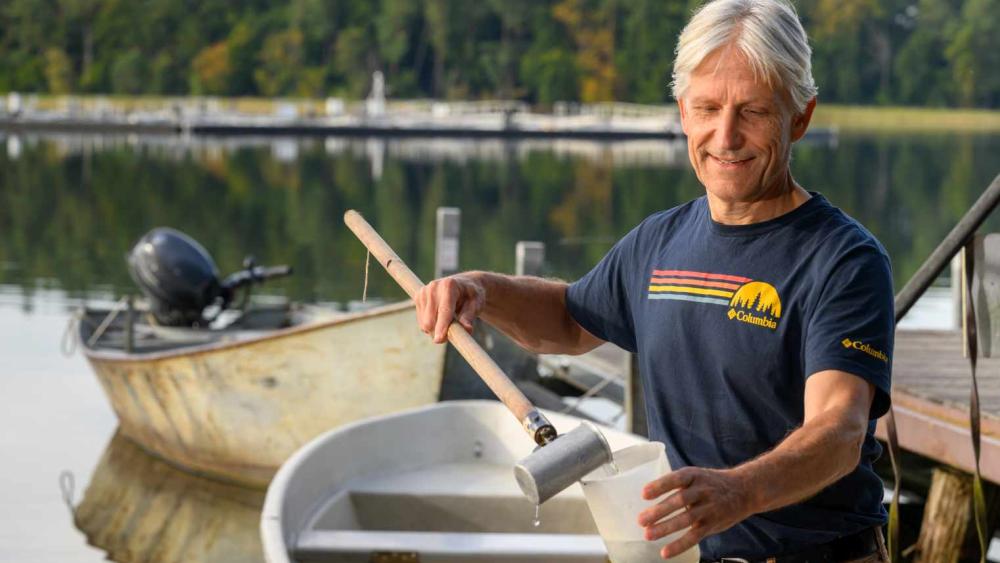
Hans-Peter Grossart at Lake Stechlin. | Photo: David Ausserhofer
Fontibacteria play a crucial ecological role in freshwaters. They are found in almost all types of water bodies and are therefore an important part of food webs and metabolic processes.
In their article, the researchers present seven isolates of freshwater Fontibacterium, which include two previously undescribed species. As part of the phylogenetic analysis, they also isolated 93 high-quality metagenome-assembled genomes (MAGs).
„This was a real challenge“, said IGB microbiologist Prof Hans-Peter Grossart, one of the authors of the study. „ Just like their marine ancestors, the freshwater Fontibacteria have streamlined genomes with incomplete or missing metabolic pathways leading to multiple auxotrophies and unusual nutrient requirements.“ This makes it difficult to cultivate them in the laboratory: "For example, they grow poorly when nitrogen-rich amino acids are missing. By successfully cultivating new species, our study closes an important knowledge gap."
In parallel, the researchers also expanded the geographic scope of available freshwater genomic data through high-quality MAGs from undersampled regions in Africa, Asia, Australia and South America.
The results show that the distribution of different Fontibacterium species appears to be largely driven by temperature and/or latitude. "Thus, increasing global temperatures could result in a redistribution of these species, with warmer-adapted species expanding into temperate zones. This question underscores broader ecological implications of our findings, linking microbial biogeography to global climate dynamics," said Hans-Peter Grossart.
An important component of the study was the IGB's LIMNOS metagenome dataset. This dataset comprises over 1000 metagenome samples collected from four lakes in North East Germany between 2011 and 2020. Samples were collected each month from the epilimnion of the four lakes (Stechlin, Fuchskuhle, Breiter Luzin, Tiefwaren) and the hypolimnion of Lake Stechlin. The study includes additional samples, including some legacy samples from 2004-2008, biweekly samples from Lake Stechlin (2020) and water column profiles from Lake Fuchskuhle (2019). DNA sequencing was undertaken at the Ramaciotti Centre for Genomics, UNSW, Australia using the NovoSeq 6000 S4 platform. Each sample contains approximately 50M PE 150bp reads. These data are suitable for informing the role of eco-evolutionary processes on the persistence and adaptation of microorganisms under environmental change.


